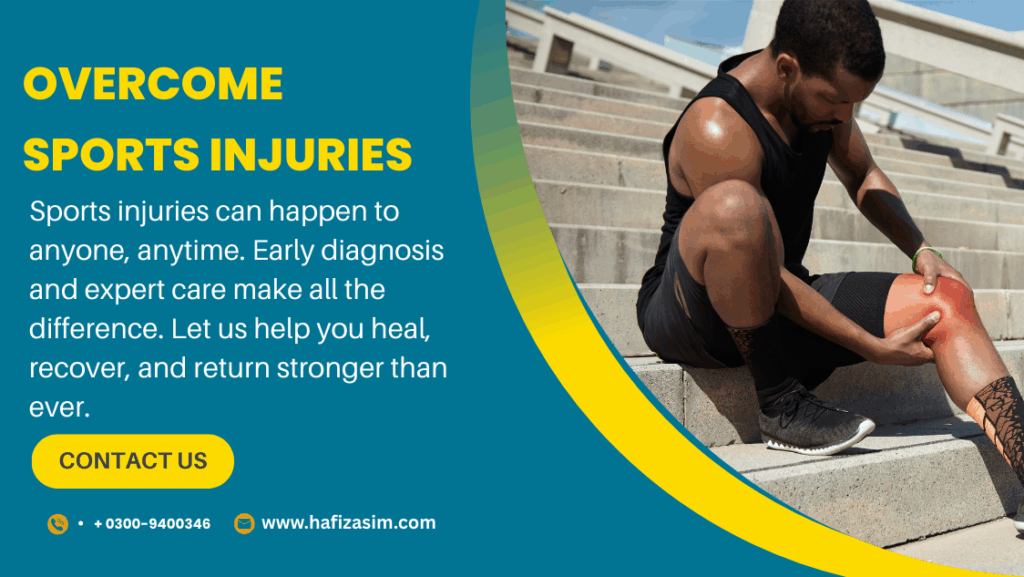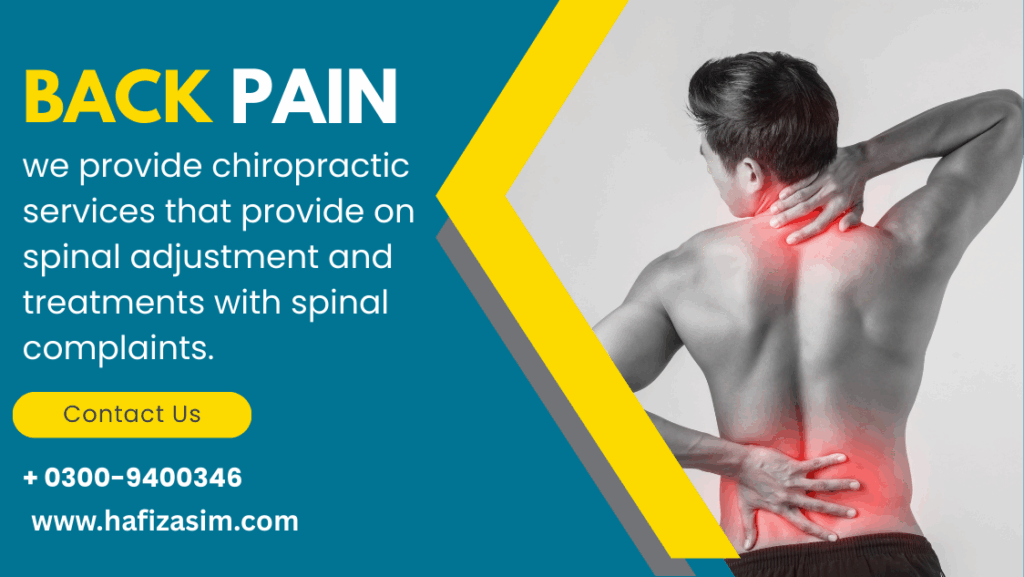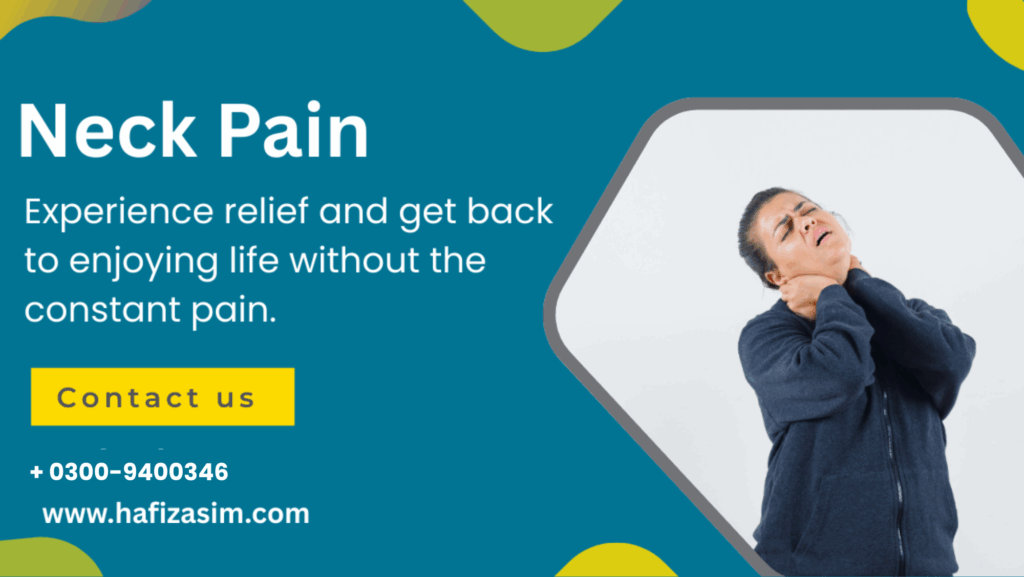Sports Injuries: Causes, Prevention, and Recovery
Introduction
Sports injuries can affect athletes and active individuals of all skill levels, ranging from minor sprains to severe conditions requiring medical intervention. Whether you’re a professional athlete or enjoy recreational sports, understanding these injuries, their causes, and recovery strategies is vital to maintaining your health and performance.
What Are Sports Injuries?
Sports injuries are physical traumas or conditions resulting from athletic activities. These injuries often occur due to overuse, improper techniques, or accidents during play.
Common Types of Sports Injuries
- Sprains: Injury to ligaments, often affecting ankles, wrists, or knees.
- Strains: Overstretched or torn muscles or tendons.
- Fractures: Broken bones caused by impact or falls.
- Dislocations: Joints forced out of their normal position.
- Knee Injuries: Includes ligament tears, such as ACL injuries, or meniscus damage.
- Tennis Elbow: Inflammation of tendons due to repetitive arm motions.
- Shin Splints: Pain along the shinbone, often due to overuse.
- Concussions: Brain injuries caused by a blow to the head.
Causes of Sports Injuries
- Lack of Proper Warm-Up: Skipping warm-ups increases the risk of injury.
- Overuse: Repeated stress on specific body parts without adequate rest.
- Improper Technique: Poor form or technique during exercise or play.
- Inadequate Equipment: Using ill-fitting or inappropriate gear.
- Environmental Factors: Uneven surfaces, extreme weather, or wet conditions.
Symptoms of Sports Injuries
- Pain or discomfort in the affected area.
- Swelling, bruising, or redness.
- Restricted movement or stiffness.
- Weakness or instability in joints.
- Visible deformities (in severe cases like fractures).
Diagnosing Sports Injuries
Proper diagnosis ensures effective treatment. Key diagnostic methods include:
- Physical Examination: Assessing pain, swelling, and movement.
- Imaging Tests: X-rays, MRIs, or CT scans to identify fractures, tears, or dislocations.
- Functional Tests: Evaluating strength and range of motion.
Treatment Options for Sports Injuries
1. R.I.C.E. Method
- Rest: Avoid activities that stress the injury.
- Ice: Apply cold packs to reduce swelling and numb pain.
- Compression: Use elastic bandages to minimize swelling.
- Elevation: Raise the injured area above heart level.
2. Medications
- Over-the-counter pain relievers like ibuprofen to reduce pain and inflammation.
3. Physical Therapy
- Rehabilitation exercises to restore strength and flexibility.
- Guidance on preventing future injuries.
4. Advanced Therapies
- Ultrasound therapy for deep tissue healing.
- Shockwave therapy to improve recovery time.
5. Surgical Intervention
- Necessary for severe injuries like ligament tears or fractures.
Preventing Sports Injuries
- Warm-Up and Stretching
Always perform dynamic stretches before playing to prepare your muscles. - Use Proper Gear
Wear suitable protective equipment like helmets, knee pads, or braces. - Strength Training
Build muscle strength to support joints and improve balance. - Follow Safe Techniques
Learn and use correct techniques for your sport. - Rest and Recovery
Take regular breaks to allow your body to heal and avoid overuse injuries.
Recovery and Rehabilitation
- Follow a physical therapist’s guidance for a gradual return to activity.
- Incorporate exercises to regain full range of motion and strength.
- Monitor progress to avoid re-injury.
Why Professional Care Matters
Seeking professional care ensures that your injury is accurately diagnosed and treated. Specialists can design personalized rehabilitation plans to speed recovery and improve long-term outcomes.
Key Highlights
- Sports injuries range from mild sprains to severe fractures or concussions.
- Early treatment, like the R.I.C.E. method, prevents complications.
- Prevention involves proper training, equipment, and rest.
- Physical therapy plays a crucial role in recovery and injury prevention.


